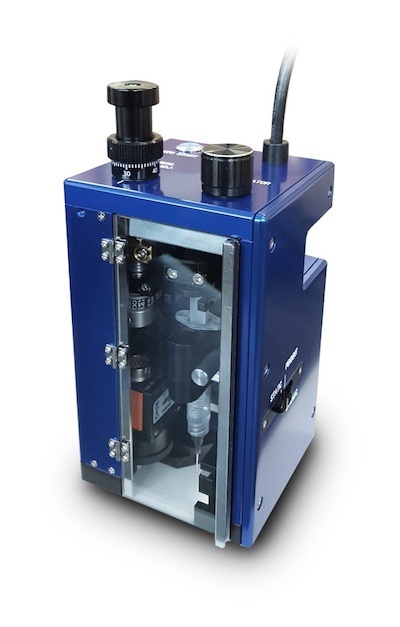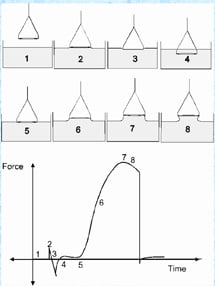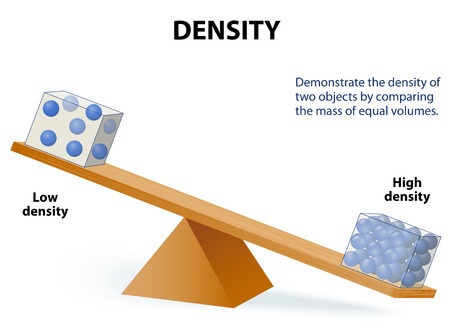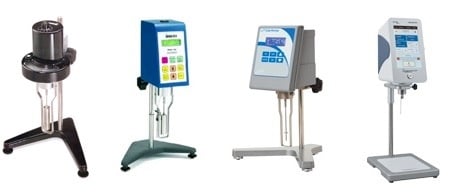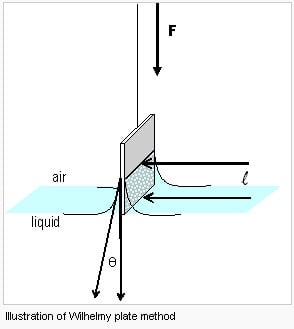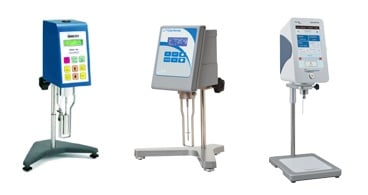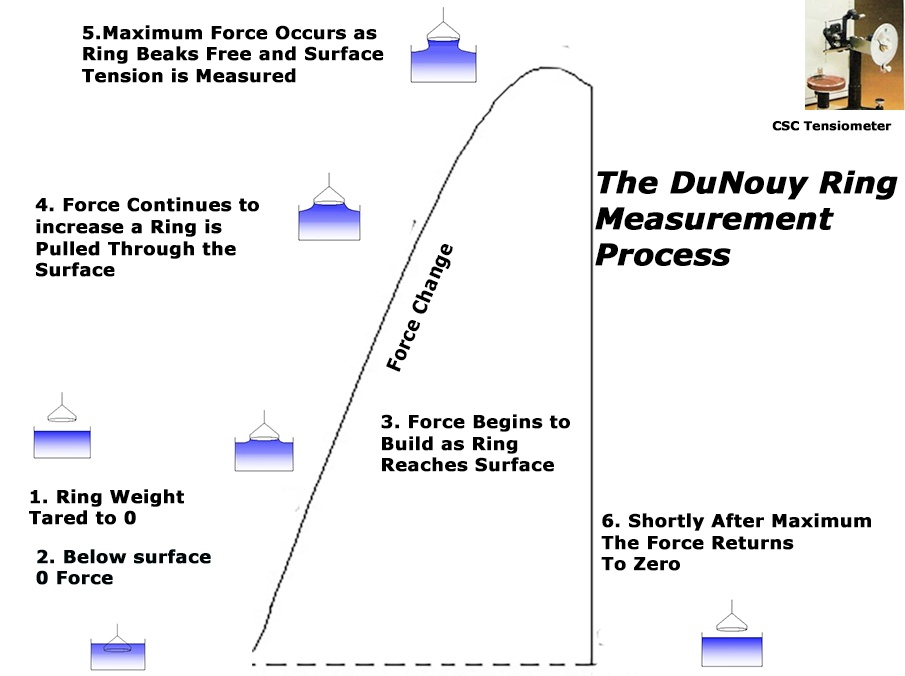We get the same two questions almost every week about the CSC Bostwick Consistometer:
1) What angle do I use to set it up?
2) How do I level the Consistometer?
Principle of Operation
The principle of the CSC Bostwick Consistometer is based on the slump cone. In this procedure, a cone is filled with the material to be tested. It is then set on a level surface with the open area facing downward. The cone is pulled away and after a fixed time, the amount that the material slumped is measured. The thicker the material, the less slumping occurs.
Read More
Topics:
"Ask Art",
Bostwick Consistometer,
Consistency,
Liquid Properties,
Bostwick,
consistency vs viscosity
It’s easy to pretend you know the operating terms surrounding contact angle measurement. But do you really? For industries such as coatings, printing, and oil recovery, contact angle testing is an essential component of the production and/or quality assurance process. Having a competent understanding of these terms will make it so much easier to choose the right instrument for your company - one you can be certain will do what you need it to do.
Read More
Topics:
Surface Tension,
contact angle,
contact angle meter,
dynamic contact angle,
Liquid Properties
When tempted to think I know all there is about surface tension measurement, further information brings me back to earth. I’m conversant with the principal applications: surfactant analysis, plating, detecting contaminants, development of ink and the like. I have assisted customers to set up and calibrate duNouy Ring tensiometers for most applications -- all the while taking for granted that the Ring technique was the method of choice -- with only infrequent questions arising about Wilhelmy Plate tensiometers.
Read More
Topics:
Wilhelmy Plates,
duNouy Rings,
Tensiometer,
Surface Tension,
interfacial surface tension,
Liquid Properties,
surface tension instruments,
surface tension analysis,
Digital tensiometer,
automatic Tensiometer
We’ve all heard of Density since general science class in middle school. "The weight of a 12 ounce Coke." That’s pretty simple.
Read More
Topics:
Liquid Properties,
density,
oscillating u-tube,
liquid density
The first question is, "What are Liquid Properties?" Are they some kind of underwater real estate?
Read More
Topics:
Automatic Surface Tension Measurment,
Measure Viscosity,
Consistency,
contact angle,
Liquid Properties,
density
Looking at the rotational viscometers on the market today, you'd expect to see small price differences between the instruments offered by competing brands. But what if you find one viscometer priced at $2000 and another at $9000? Is the $9000 viscometer a better instrument? Why is there such a price difference between the two instruments?
Viscometer prices depend on both the make-up of the instrument's motor, and on the technical features of the instrument (temperature probe, speed range, USB compatibility, etc.). There are two main types of rotational viscometers: those using a spring motor, and those using a servo motor.
In this article, I’m going to take a look the options available for rotational viscometers, and how those options affect the price.
Read More
Topics:
Viscometers,
Viscosity,
Dynamic Viscosity,
rotational viscometer,
Liquid Properties
Most rotational viscometer specifications promise high test accuracy and repeatability. However, an instrument on its own cannot guarantee accurate results. Instrument set-up and using the right test parameters are critical pieces of the puzzle.
Test parameters and turbulence are two key factors to consider when preparing to test with a rotational viscometer. The spindle, speed setting, and temperature of the product are some of the parameters that can impact test results. Additionally, turbulence in the sample’s flow during a test will distort viscosity readings. Knowing how to manage these two factors can significantly contribute to the accuracy of your testing.
Read More
Topics:
Measure Viscosity,
Viscometers,
Viscosity,
Dynamic Viscosity,
rotational viscometer,
Liquid Properties
You probably know that rotational viscometers work by measuring the torque on a vertical shaft that rotates a spindle. The spindle is in the test sample and its rotation is impeded in proportion to the viscosity of the sample. These instruments measure viscosity.
Read More
Topics:
Viscometers,
Viscosity,
Liquid Properties
An understandable definition of surface tension: “The attraction force between molecules at the surface of a liquid. The force that keeps if from flying off into space”.
Read More
Topics:
Tensiometer,
Surface Tension Measurement,
Surface Tension,
actual surface tension,
apparent surface tension,
Liquid Properties


